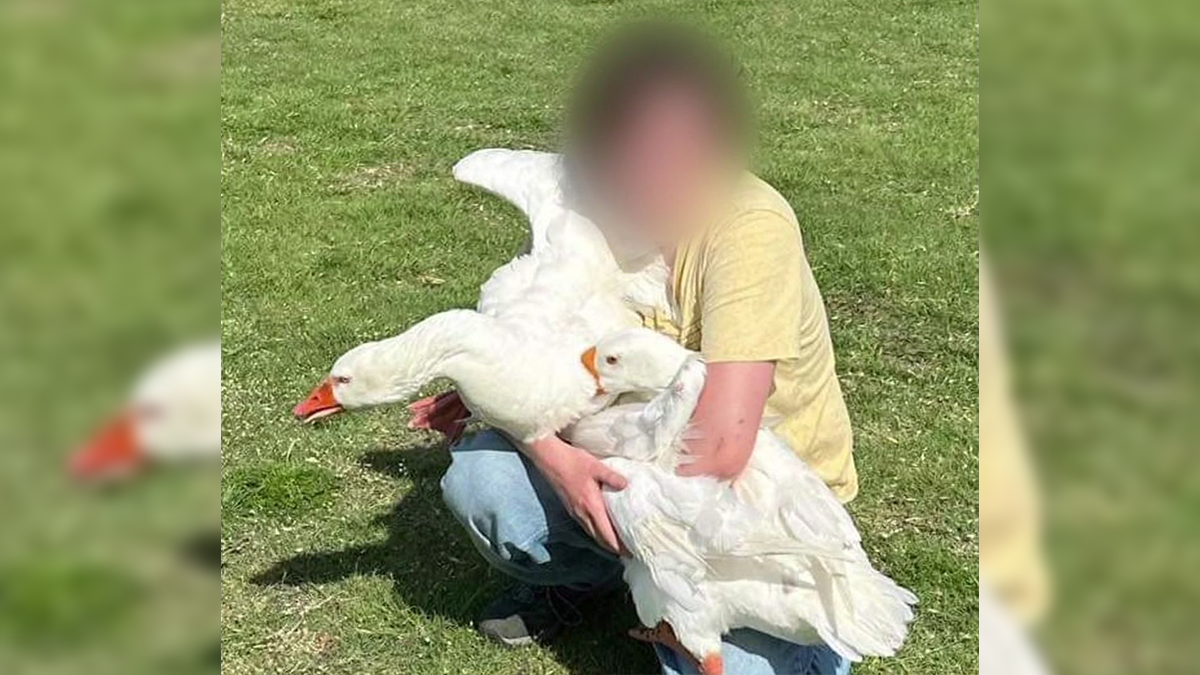Near the peaceful banks of the Middle Bosque River, Daniel Kieninger recently put radar to use to hunt for graves in a cemetery that dates back to just after the Civil War.
The Waco Tribune-Herald reports over two days, Kieninger and fellow cartographer Tosh Murchison walked more than 4 miles inside the 1.5-acre Evergreen Cemetery, 6 miles west of Lake Waco. Pushing a three-wheeled contraption that looked like a jogging stroller, they employed ground-penetrating radar in a foot-by-foot search for at least 48 unmarked graves believed to lie underfoot.
The pair, employees of Dallas-based Texas Cemetery Restoration, were summoned as a precautionary measure to prevent new graves from disturbing old ones in the still-active cemetery. Such a disturbance occurred during an attempt to bury a woman in 2005, said John Kamenec, an area history buff and member of the Evergreen Cemetery Association.
Kamenec's great-great grandfather, J.B. Farmer, is buried at the well-kept cemetery, which is shaded by sprawling, 150-year-old oak trees and lies secluded on land marked by an "Oliver Farms" entryway on New Windsor Parkway, just off Speegleville Road.
Kamenec, 64, is in no hurry to join Farmer, but he wants to be buried next to his ancestor. However, he doesn't want to be buried there if someone in an unmarked grave is already there. If that turns out to be the case, Kamenec said he will settle for the spot at his great-great grandfather's feet.
That's why Kamenec and other members of the cemetery association hired Texas Cemetery Restoration -- to help locate other unmarked graves so Kamenec will be able to tell where land is available for new graves.
"Ground penetrating radar is looking for anomalies in the soil, where the soil has been disturbed, to locate possible unmarked burials," Kieninger said. "When you dig up the soil and put the soil back in, it changes the magnetic field of the soil. It detects different things in the soil. It won't show bones. But when we put our data into the computer software, it makes analyses of where we believe there are possible unmarked burials."
Local
The latest news from around North Texas.
Ground penetrating radar is the most accurate and least invasive way to locate unmarked graves, Kieninger said, adding that they typically scan between 3 to 6 feet down, depending on soil type.
Kamenec, a retired survey crew foreman, said the process cost the association $5,000. Kamenec made a map with grids where he marked the known graves with the names of those buried there. But through researching old newspaper clippings, obituaries and death certificates, he learned that there are at least 48 others buried there for which they have no names, locations or markers.
One of those lost graves is of a soldier who died on a ship to Scotland, where he was headed to serve in World War I. His body was shipped back to McLennan County, but officials, unfamiliar with the area, thought they were burying him at the old Greenwood Cemetery near Lake Waco.
"Somebody was out here at the time and said, `This is not Greenwood, but we will take him. It's OK. We don't mind,' " Kamenec said. "So they buried him here instead, but they didn't get his name, and we don't know where he is buried."
In another instance, three members of a family were killed in a wagon after it was struck by lightning, Kamenec said. He knows they were buried at Evergreen but he doesn't know what their names were or where they were buried.
The first person buried in the cemetery was Tommie Edwards, a child who died in 1869. Most of the 209 who are known to be buried there are descendants of pioneer settlers William and Margaret Oliver, who donated the land for the cemetery, a church and a school in 1860 and called the area Evergreen.
In 1860, Oliver and his neighbors built a schoolhouse, which was one of the first schools in McLennan County outside of Waco, according to the Handbook of Texas Online by the Texas Historical Commission.
The Waco-Gatesville stage route had its first relay stable a mile west of Oliver's blacksmith shop. The community later was named Mount Olivet.
Evergreen Cemetery was incorporated as a private cemetery in 1957. Major Fred N. Oliver, the Olivers' grandson, started a trust fund for perpetual care of the cemetery, which also includes the bodies of a number of veterans from World War I and World War II and members of the Edwards, Fulp, Winkler and Clark families.
The last person buried there was in October, Kamenec said.
The results from the ground scan won't be back for several weeks or months, Kieninger said.



